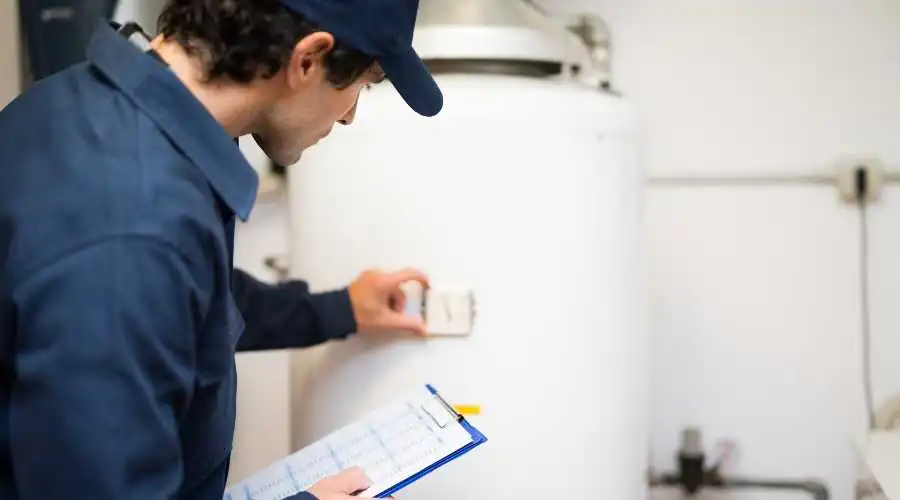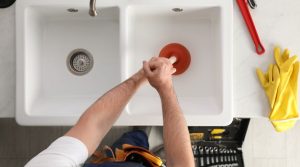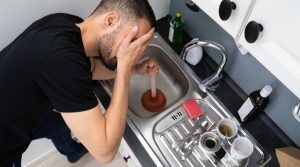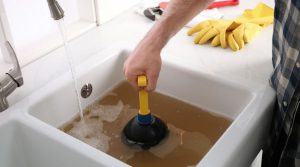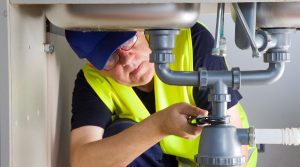As the weather cools and the leaves change, it’s a good time to inspect your plumbing. Fall’s wet and cold climate reduces the efficiency of plumbing and water systems and causes drains to become clogged. It is critical to ensure that your plumbing is prepared for the hazards and changes that fall brings.
Some typical plumbing issues are listed below.
A Pipe Broke Because It Froze Over
The climate in Canada is notoriously severe. More than 200 people in Toronto reported to police that their pipes had frozen and they had no running water this winter. It has gotten as cold as -3 degrees Celsius in the fall. Extremely low temperatures can cause issues for plumbing systems due to the risk of pipes freezing.
Faulty Heaters
The chilly fall air causes the ground and subsurface pipes to cool. The heating system has to work harder to bring the building up to temperature when it is supplied with cold water. Overusing your water heater could cause system failure if this issue isn’t resolved.
The fall is not the best time to discover that your water heater is broken. Repairs to restore your water supply could take longer than expected because plumbers are already swamped with other service calls.
Drain Blockage
The changing of the leaves in autumn is a beautiful sight. More drain clogs are reported in the fall due to leaves, but few homeowners realize that this is also a problem for their plumbing. Fallen leaves can accumulate in drains and obstruct gutters.
Preparing Your Pipes for the Fall
Here are some important things you can do this season to keep your plumbing working smoothly:
Clean Gutters and Drains
Over the past decade, water damage has been caused by aging infrastructure or a lack of upkeep. Half of the total cost of claims in Quebec can be attributed to this factor. It is also expected to increase in the next few years. The whole of Canada displays the same tendencies.
Leaves clogging your gutters and downspouts might cause problems. Leaks that threaten the integrity of the roof or walls must be repaired immediately. If you keep up with their routine maintenance, you won’t have to worry about obstructions or structural damage.
Make Sure to Maintain Your Water Heater
You should inspect your water heater for leakage. Due to the increased use of water heaters in the fall, it is wise to have a plumber inspect it before the weather turns cold. Repairing your water heater before the weather gets cold could save you time and money.
When checking on a water heater, you must do the following:
- Checking out the water heater’s gas connection
- Thorough gas inspection includes reading labels and identifying fuel types, checking the integrity of the pipeline, and looking over the rest of the installation.
- Make sure nothing is leaking into the burner by checking the drip legs or sediment traps.
- Quantifying the swell in the water supply.
Disconnect Any Hoses Outside
It’s not a good idea to store a hose outside during the winter. Both the container and the water expand as the temperature drops. Most hoses, being constructed of pliable materials, tend to burst suddenly only sometimes. Since ice melts slowly, the pipe will already have been damaged before the danger has passed.
The hose’s growth will also freeze and ruin any faucets to which it is attached. You should take the hoses inside, drain any remaining water, and disconnect them while you wait for the weather to warm up again.
Turn Off External Water Supply
Your home must have an interior shut-off valve that leads to the exterior plumbing system. It makes sense to turn off the interior valve and turn on the outdoor faucet in order to drain the water. If there is no water in your pipes to freeze, they will be less likely to crack.
Seal Pipe Gaps or Leaks
Regular visits to your local plumber will allow them to see potential problems before they become serious. These experts can spot potential trouble spots before they balloon into major issues. There will be voids in the piping and walls over time. The gap could let in chilly air, which could cause the pipes to freeze in the fall and winter.
During the warmer spring and summer months, the price of your utility bills may increase dramatically. Experts can help you seal the pipes using caulking, insulation, and weather stripping.
Insulate the Pipes
If you live in a section of Canada that sometimes has very cold autumns, you might want to look about replacing your plumbing before the cold weather sets in. Searching for “plumbers near me” when snow is falling is probably not the best idea.
Rubber pipe insulation should be installed as part of your yearly plumbing system maintenance to ensure that only hot water flows regardless of the outside temperature. Protecting your external pipes from the impending winter’s freeze will save you a ton of money when the weather heats up and the Earth thaws.
Recognize the shifts in the seasons and adapt accordingly. Quick action can safeguard your pipes, keep you comfortable, and prevent the need for costly repairs and replacements. By giving your plumbing some fall TLC, you can head off a host of potential problems.
The secret to unwinding is getting in touch with professionals who can help you winterize your plumbing system. In addition to regular inspections and maintenance, CBJ Plumbers is always ready to handle any emergency plumbing needs that may arise. Do not hesitate to contact us for professional help.

